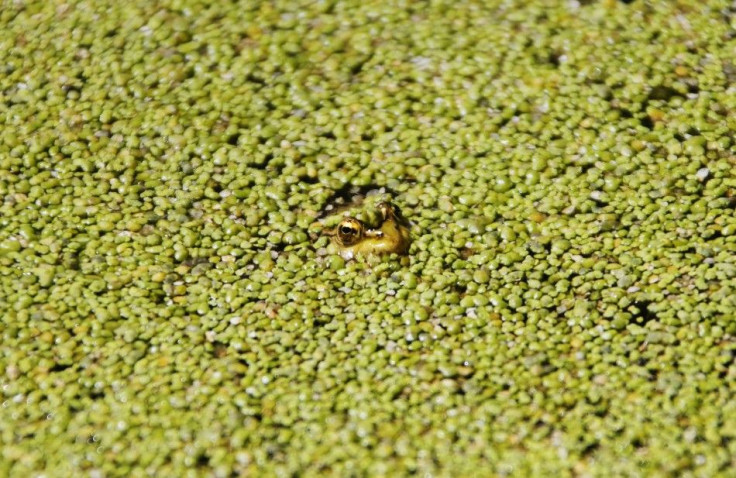14 ‘Dancing Frog’ Species Discovered In India

Fourteen new species of "dancing frogs" have been discovered in India. Scientists fear that the species found in the south Indian jungle-mountains may become extinct soon.
The tiny acrobatic amphibians, which Indian biologists found, are known for their unusual kicks they use to entice mates. These frogs have, however, shown a dramatic decline in number over the last decade. Several of the species were chronicled through molecular DNA markers and morphological descriptions. The monsoon season of the year is when they breed in streams. However, the crisis seems to be the fact that their habitat has started to become exceedingly dry.
It is only the male frogs that dance. The size of the frog matters in dancing as bigger males dance more. The unique breeding behaviour is called foot-flagging where they extend, stretch and whip the legs out to the side for grabbing the female attention. The "dancing" is done for females that may have difficulty in hearing mating croaks because of the sound of the perennial streams.
The lead scientist of the project, Professor Sathyabhama Das Biju, said that it was "like a Hollywood movie, both joyful and sad." Time quoted the University of Delhi professor talking about the irony that the frogs were brought "into public knowledge" when around 80 per cent of the species are "outside protected areas." In certain places, Das said that "as if nature itself was crying."
Das also said that forest soils lost its moisture while perennial streams became inexplicably dry. He, on the other hand, admitted what his team observed about forest conditions was merely anecdotal. The researchers did not have enough resources or time for collecting data which might have proven the declining trends in amphibian habitats, which they thought they witnessed. After the discovery of these frog species, there are now 24 known Indian dancing frog species.
The research details were published in the Ceylon Journal of Science on Thursday, May 8.
Watch this video on the news.




















